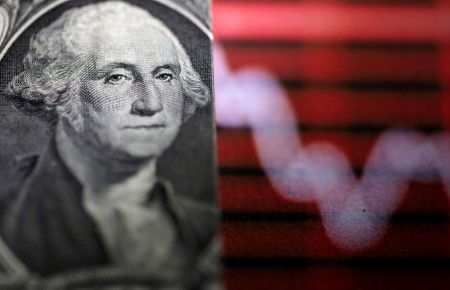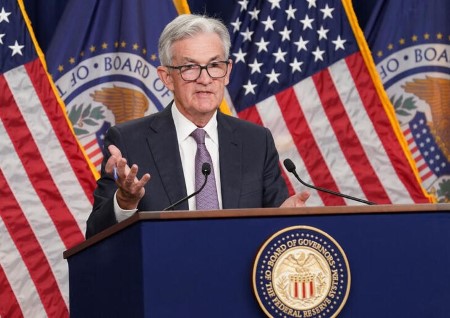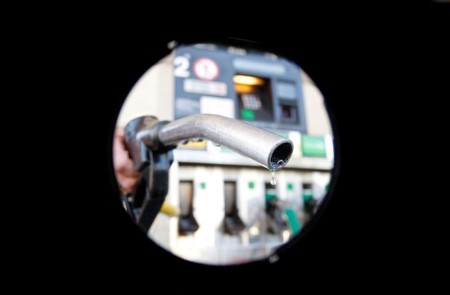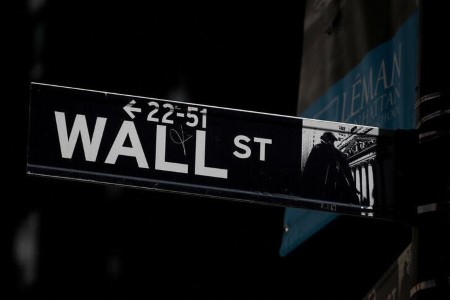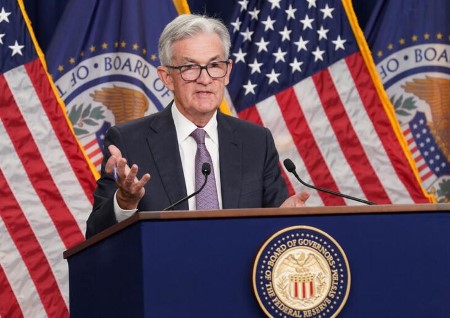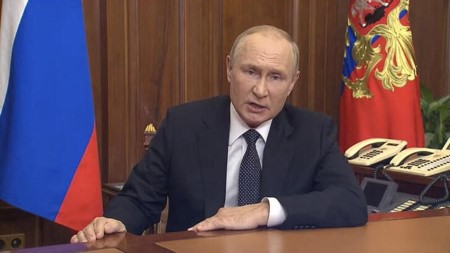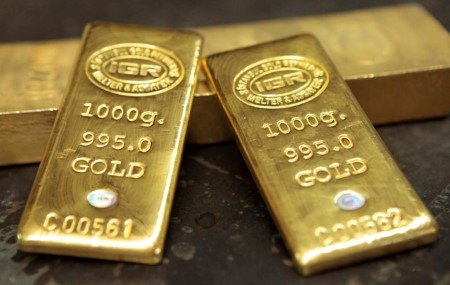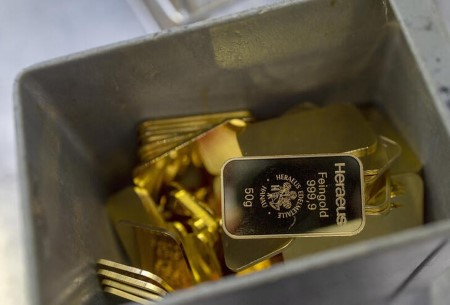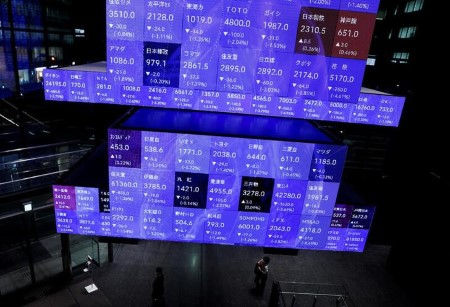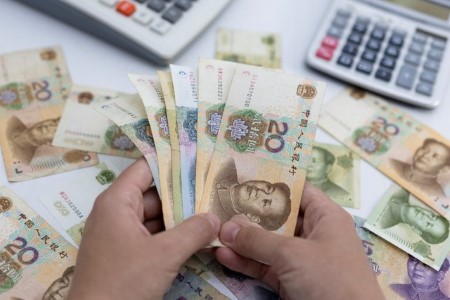TOKYO, Sept 22 (Reuters) – The US dollar surged to a new 24-year high against the yen after the Bank of Japan stuck to ultra-easing stimulus on Thursday, just hours after the Federal Reserve surprised markets with hawkish interest-rate projections.
The greenback had already pushed to a new 37-year peak to sterling ahead of the Bank of England’s policy announcement later in the day, and to a two-decade top versus the euro.
It also notched new highs against regional currencies from the Australian and New Zealand dollars to the offshore Chinese yuan and the Korean won, as well as the Singapore dollar and Thai baht.
The yen went for a wild ride in the immediate aftermath of the BOJ’s decision to keep short-term rates negative and continue to pin the 10-year government bond yield near zero, reinforcing market expectations that Japan’s central bank will continue to swim against a global tide of monetary tightening, despite a weaker currency.
The dollar leapt as high as 145.405 yen for the first time since August 1998, but then swung sharply back to as low as 143.50, before last trading 0.45% higher than Wednesday at 144.75.
“There could be concern about intervention, or even a rate check by the BOJ,” said Tohru Sasaki, head of Japan market research at J.P. Morgan in Tokyo. “It could also just be the result of market illiquidity.”
“The market will be nervous, there will be some volatility for a while, but eventually, over the medium term, the weak yen trend will continue,” Sasaki said. “The 1998 peak was at 147.60, so the market will be looking at that level.”
Japan’s top currency diplomat said later that officials had not intervened in the market.
The dollar index – which measures the greenback against a basket of six counterparts including the yen, euro and sterling – had earlier risen as high as 111.79 for the first time since mid-2002.
On Wednesday, the Fed issued new projections showing rates peaking at 4.6% next year with no cuts until 2024. It raised its target interest rate range by another 75 basis points (bps) overnight to 3.00%-3.25%, as was widely expected.
The dollar was already supported by demand for safe-haven assets after Putin announced he would call up reservists to fight in Ukraine and said Moscow would respond with the might of all its vast arsenal if the West pursued what he called its “nuclear blackmail” over the conflict there.
“Both the Fed projections and the Russia headlines contributed to the dollar’s strength, which was particularly acute against the euro and other European currencies,” said Shinichiro Kadota, a senior FX strategist at Barclays in Tokyo.
“Commodity currencies also took a big hit due to the deterioration in risk sentiment.”
The euro EUR=EBS weakened to a new 20-year trough of USD 0.9807, before trading 0.11% down on Wednesday at USD 0.98265.
Sterling GBP=D3 fell to a fresh 37-year low of USD 1.1221, and last changed hands at USD 1.12425, a 0.24% decline from the previous session.
The market currently sees 80% odds for a 75 bps rate hike by the BOE, and 20% probably of a half point increase.
The Aussie dropped 0.47% to USD 0.6602 after having touched USD 0.6583, its lowest since mid-2020. Liquidity in the currency may be thin with Australia observing a public holiday.
(Reporting by Kevin Buckland; Editing by Edwina Gibbs, Ana Nicolaci da Costa and Kim Coghill)







 DOWNLOAD
DOWNLOAD




